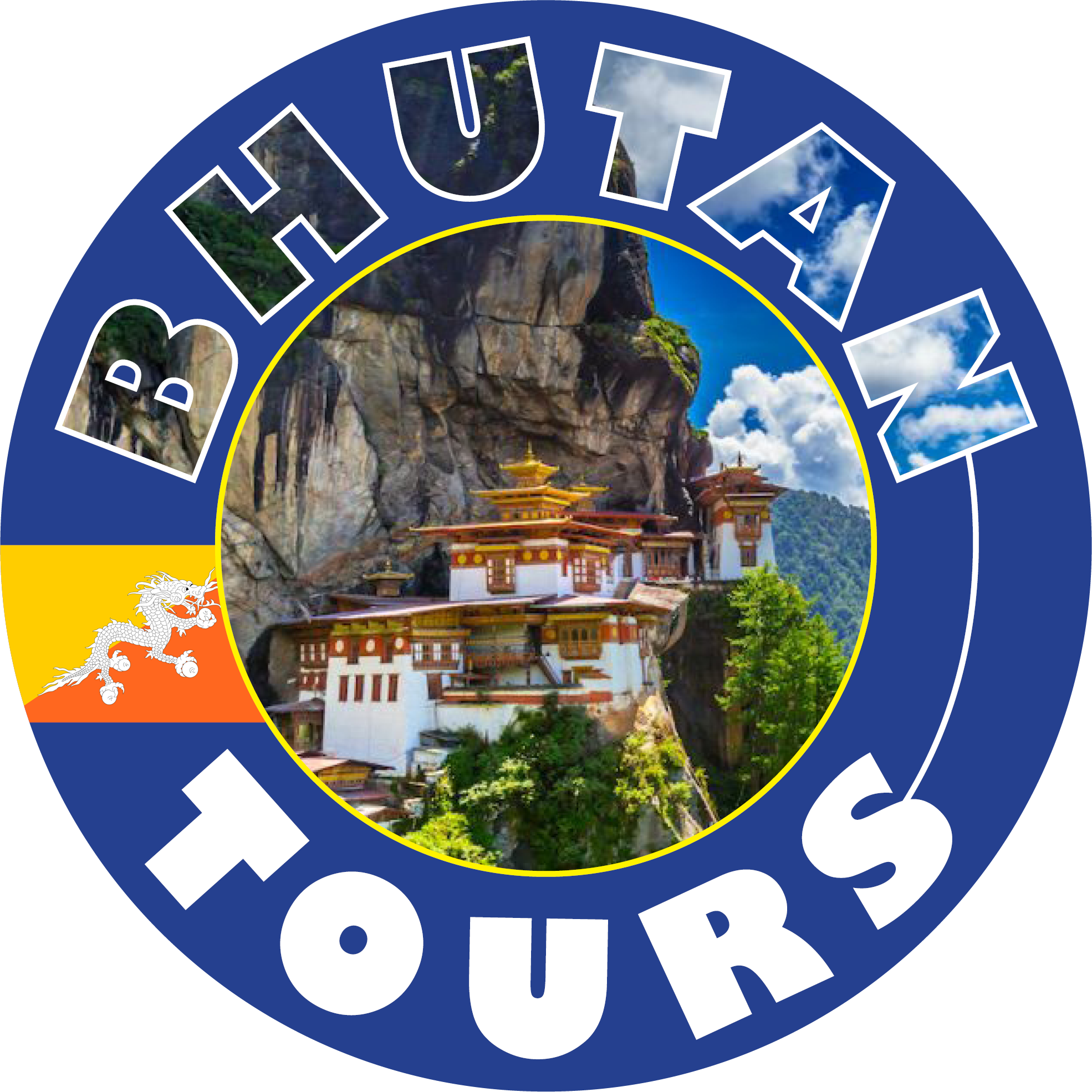Overview
The people of Bhutan, a landlocked country nestled in the Eastern Himalayas, are renowned for their unique cultural heritage, strong sense of community, and commitment to prioritizing Gross National Happiness (GNH) over economic growth. With a population of around 800,000, Bhutanese society is also characterized by its rich blend of traditions, spiritual beliefs, and sustainable way of life.
Community bonds are strong in Bhutan, and the society places significant importance on kinship and relationships. Extended families often live together, fostering intergenerational connections and a sense of collective responsibility. This communal spirit is further nurtured through cooperation in agriculture, building, and other activities, strengthening the social fabric.
Traditional attire, known as “kira” for women and “gho” for men. It is widely worn and reflects the cultural pride of the Bhutanese people. The clothing also showcases intricate patterns and vibrant colors, exemplifying the country’s commitment to preserving its heritage even in the face of modernization.
Ethnic Diversity and Cultural Mosaic in Bhutan: Exploring the Main Groups and Regional Identities
There are three main ethnic groups in the country namely Ngalops, Sarchops and Lhotshampas. The dominant group is the Ngalops who resides in the western part of the kingdom. They are believed to have migrated from the Tibetan plains. They are also classified as the importers of Buddhism to the kingdom. The sharchops live in the eastern Bhutan. They are believed to be the earliest inhabitants of the country. They are categorized as Indo-Mongolian type. Lhotshamps are the inhabitants of the south. These people are also known to be of Nepali origin and are believed to have arrived in the country in search of agricultural land and work by the end of the 19th century. With their inclusion, Nepali language and Hinduism got flourished in the southern part of the country.
Brokpas and Bjops inhabit in the northern region of Bhutan. The northern Himalayan zone is also the home of Yak herders. They are categorized as semi monadic and they do not live in a specific location for a longer period of time. We spend most of the time wandering in the forest. They also live in makeshift tents. The populations from mongoloid stock speak language of Tibeto-Burman family and the people of Indo-Aryan speak languages of the Indo-Aryan family in the country.
Conclusion and Summary
In summary, the people of Bhutan are a tapestry of ancient traditions, spiritual values, and collective well-being. Their dedication to Gross National Happiness, community cohesion, environmental stewardship, and cultural preservation exemplify their distinctive way of life. As Bhutan also navigates the complexities of the modern world, its people continue to embrace their heritage and harmonize it with the pursuit of progress.
